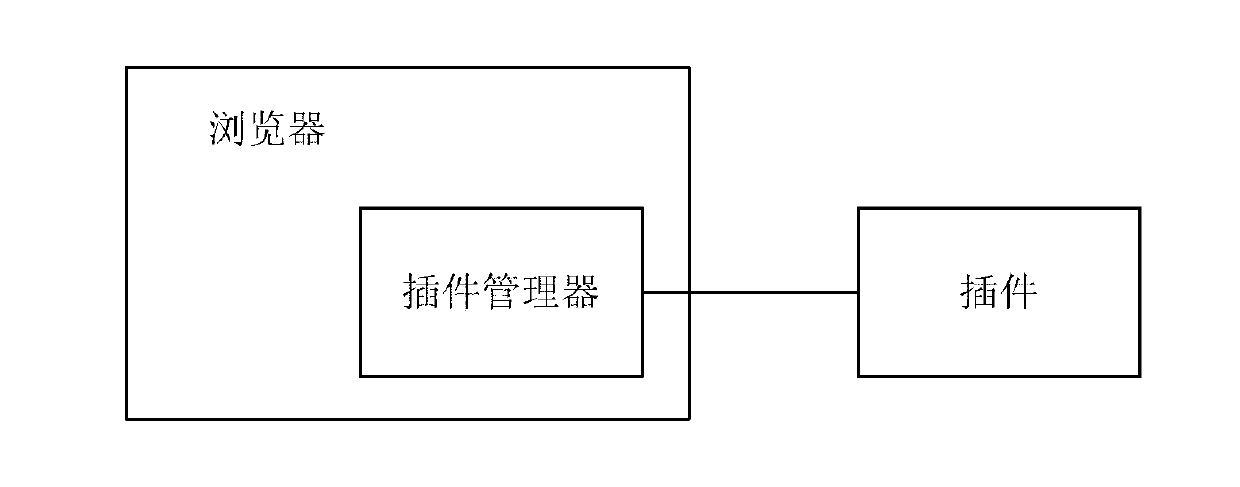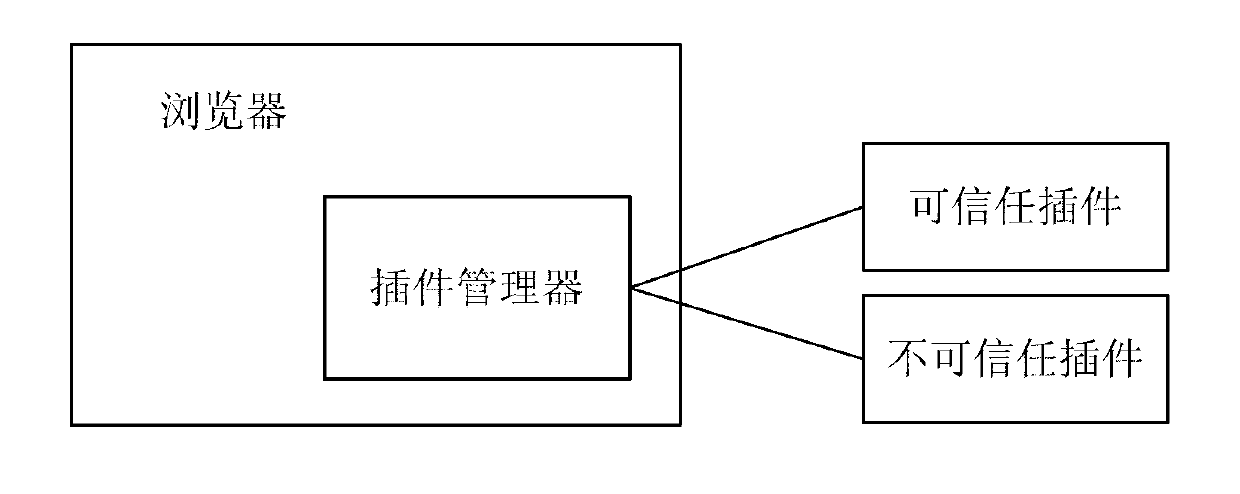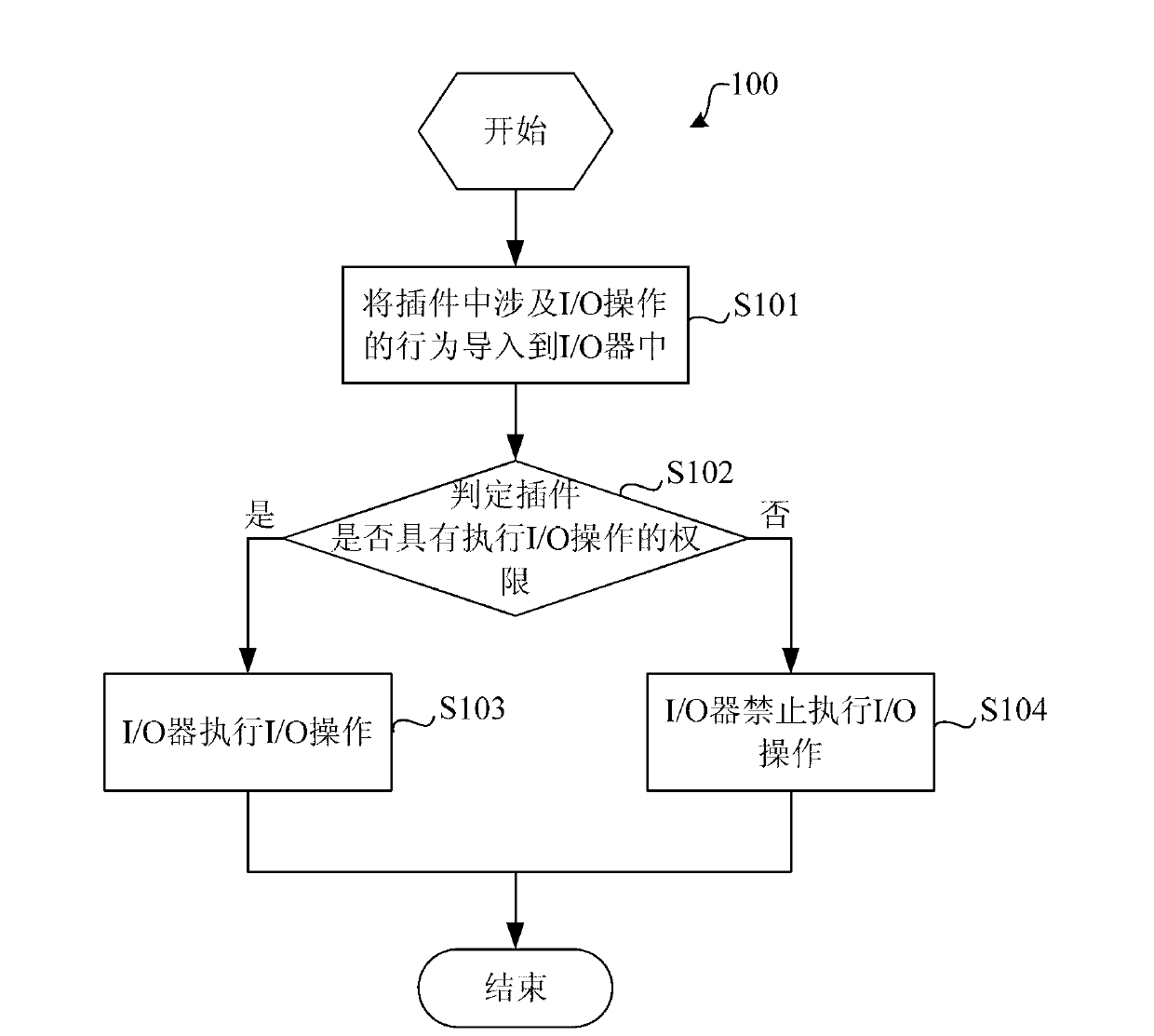Method for calling plug-in board by browser, plug-in board manager and browser
A plug-in manager and browser technology, applied in the field of computer network, can solve problems such as running time error, thread card, slow execution speed, etc., to prevent security risks and improve execution efficiency.
- Summary
- Abstract
- Description
- Claims
- Application Information
AI Technical Summary
Problems solved by technology
Method used
Image
Examples
Embodiment Construction
[0020] Exemplary embodiments of the present disclosure will be described in more detail below with reference to the accompanying drawings. Although exemplary embodiments of the present disclosure are shown in the drawings, it should be understood that the present disclosure may be embodied in various forms and should not be limited by the embodiments set forth herein. Rather, these embodiments are provided for more thorough understanding of the present disclosure and to fully convey the scope of the present disclosure to those skilled in the art.
[0021] figure 2 It shows another schematic diagram of the interaction between the browser and the plug-in. Such as figure 2 As shown, plug-ins are divided into trusted plug-ins and untrusted plug-ins. Specifically, a trusted plug-in is a plug-in that has passed the browser security certification, such as a plug-in developed by the browser manufacturer itself; an untrusted plug-in is a plug-in that has not passed the browser sec...
PUM
 Login to View More
Login to View More Abstract
Description
Claims
Application Information
 Login to View More
Login to View More - R&D
- Intellectual Property
- Life Sciences
- Materials
- Tech Scout
- Unparalleled Data Quality
- Higher Quality Content
- 60% Fewer Hallucinations
Browse by: Latest US Patents, China's latest patents, Technical Efficacy Thesaurus, Application Domain, Technology Topic, Popular Technical Reports.
© 2025 PatSnap. All rights reserved.Legal|Privacy policy|Modern Slavery Act Transparency Statement|Sitemap|About US| Contact US: help@patsnap.com



